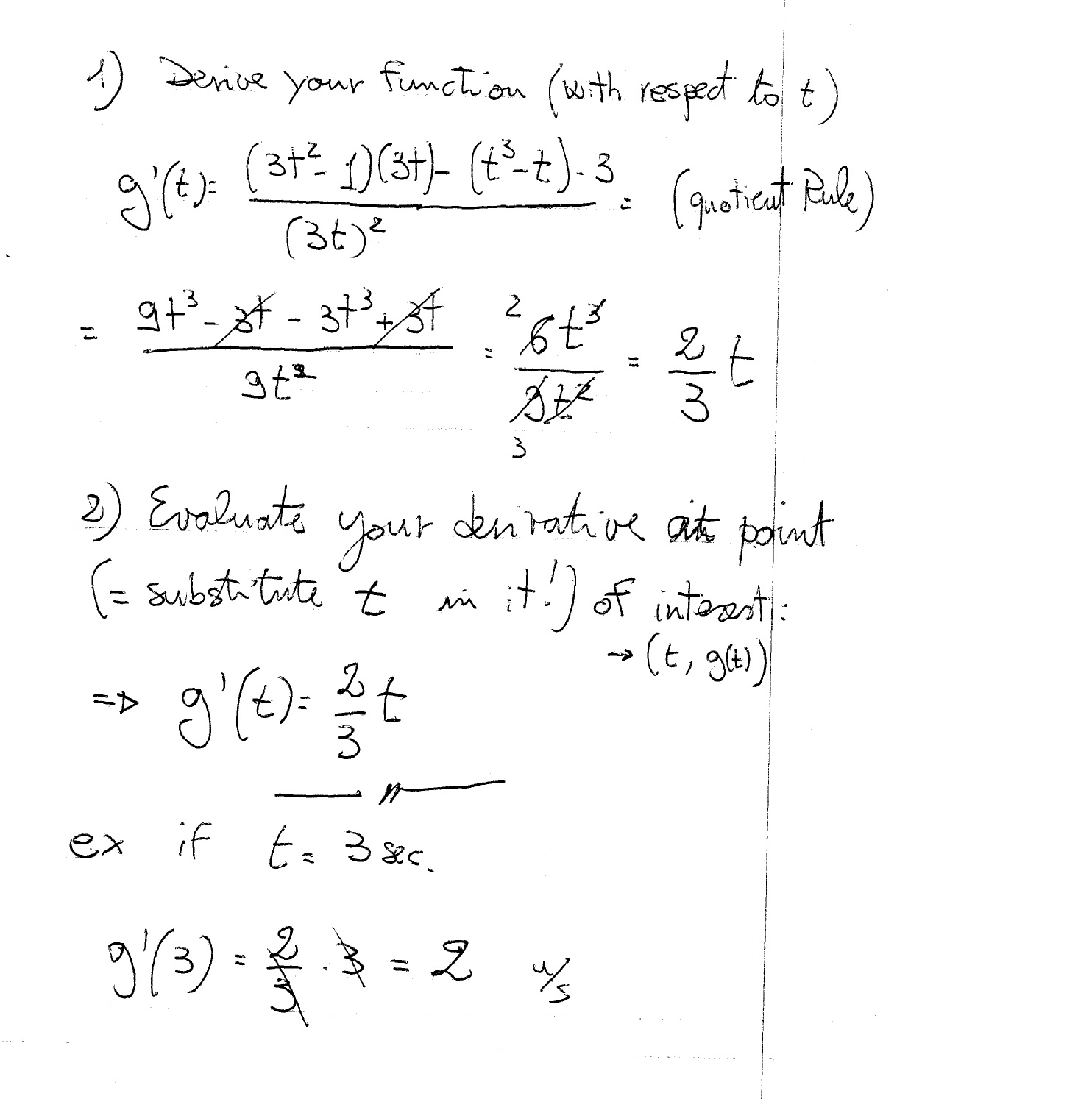The instantaneous rate of change is the change in the rate at a particular instant and it is same as the change in the derivative value at a specific point. Instantaneous rate of change, or derivative, measures the specific rate of change of one variable in relation to a specific, infinitesimally small change in the other variable.

Average And Instantaneous Rate Of Change Of A Function Over An Interval & A Point - Calculus - Youtube
The procedure to use the instantaneous rate of change calculator is as follows:

Finding the instantaneous rate of change. Convert the given data into mathematical terms: Instantaneous rate of change the instantaneous rate of change is another name for the derivative. Then to estimate the instantaneous rate of change at x =a x = a all we need to do is to choose values of x x getting closer and closer to x = a x = a (don’t forget to choose them on.
The instantaneous rate of change, or derivative, can be written as dy/dx, and it is a function that tells you the instantaneous rate of change at any point. The average rate of change in an interval [a,b] is. To find an estimate of the speed after 6.5 seconds, draw the tangent to.
How do you find the instantaneous rate of change from a table? How do you find the instantaneous rate of change of revenue when 1000 units are produced if the revenue (in thousands of dollars) from producing x units of an item is r (x) = 12 x −.005 x. Learn more about instantaneous rate.
It is easy and simple to calculate the instantaneous rate of change of any function. The average rate of y shift with respect to x is the quotient of difference. How do you find the instantaneous rate of change?
Calculus derivatives instantaneous rate of change at a point 1 answer turksvids dec 2, 2017 you approximate it. The instantaneous rate of change is calculated to find how fast one quantity changes with respect to another. It is definitely important to understand the geometric significanceof the derivative or instantaneous rate of change.
Share cite follow answered sep 17, 2015 at 6:05 marty cohen 102k 9 67 162 add a comment 0. F' (x) for the given function. A point moves along a.
The key is toremember that the average rate of change of a. Now click the button “find. Let’s suppose f is a function of x, then the instantaneous rate of change at the x = a will be the average rate of.
In conclusion, to find the instantaneous rate of change, find the derivate of the function at a certain time. Y = height attained, x = horizontal distance covered, the point where we want to find the rate of change is (4,4). The instantaneous rate of change formula can also define with the differential quotient and limits.
The instantaneous rate of change is just the derivative with respect to time. The average speed over the 10 seconds = gradient of the line from (0, 0) to (10, 200) = \ (\frac 200 10 = 20~m/s\). For example, if x = 1,.
Enter the function and the specific point in the respective input field. While the average rate of change gives you a bird’s eye view, the instantaneous. This is using the equation of the curve to find the instantaneous rate.
Thus the instantaneous rate of change formula is f' (x)=limδx→0 (δy / δx) or, f' (a) =limh→0 f (a+h) −f (a) / h instantaneous rate of change concept firstly, we’re going to. Using x = a in the above formula.

Question Video: Finding The Rate Of Change Of A Polynomial Function At A Point | Nagwa

Calculus - Find The Instantaneous Rate Of Change At $ X=1$ - Mathematics Stack Exchange